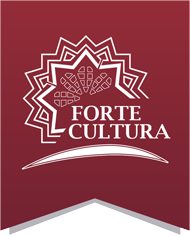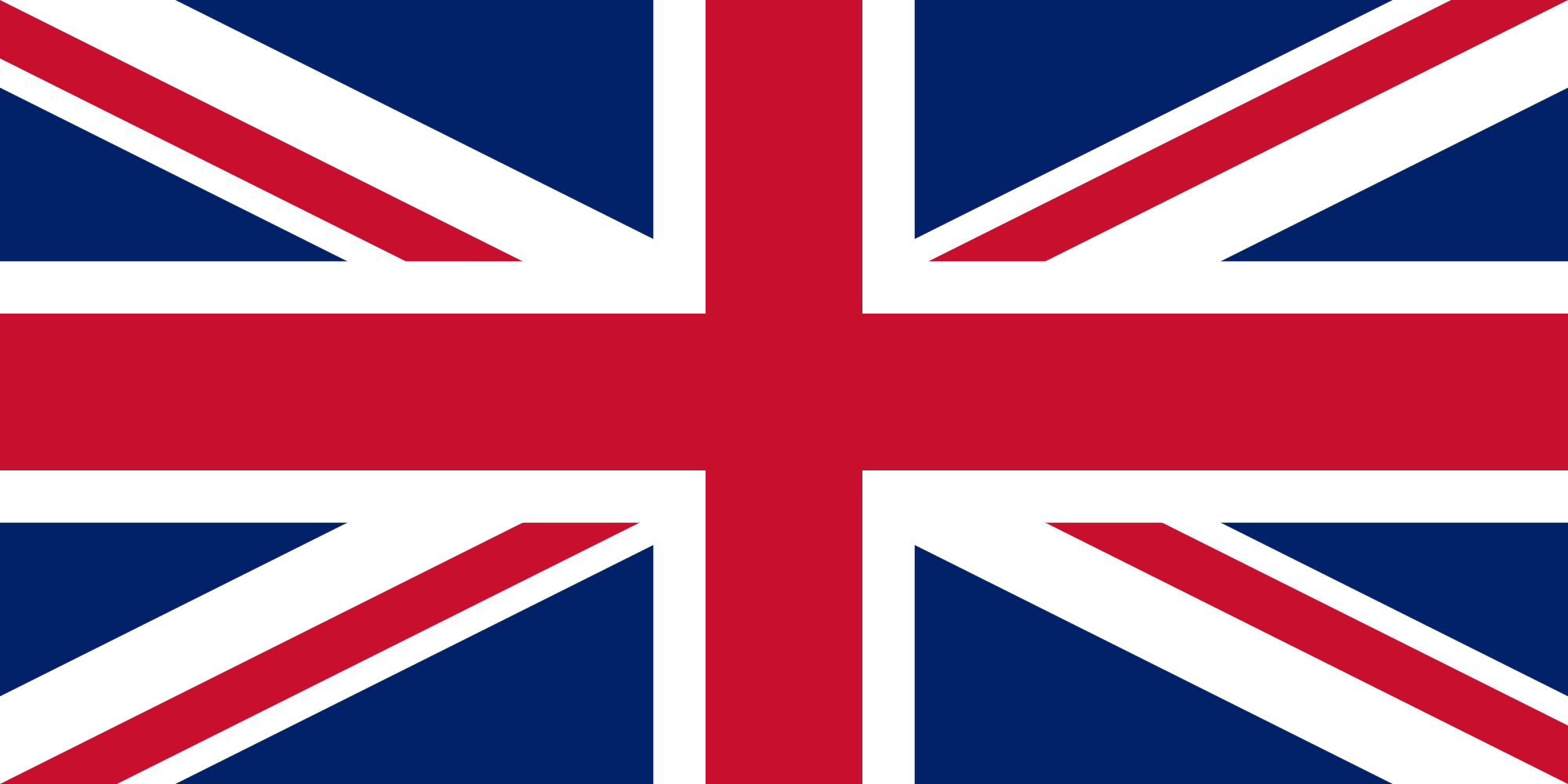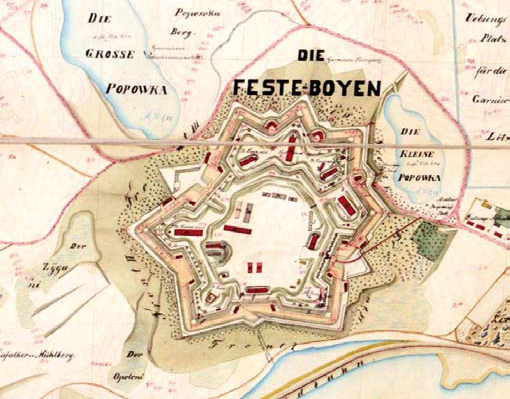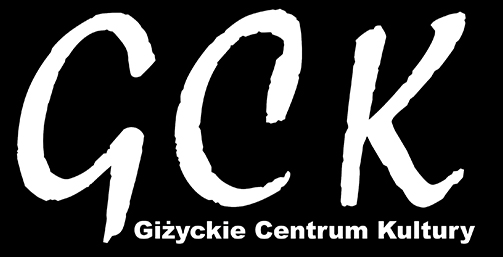Fortress Boyen in Gizycko (former Lötzen) was built from 1844 to secure the borders of the province East Prussia against possible threats from the East and enlarged to a fortification system in the following years. The natural barrier of the large Masuria lakes left only few comfortable East-West passages. Lötzen had a strategically important location in the middle of the Lakeland and already formed an important street and train hub in the lake belt. So, fortress Boyen was the scene of fights in World War I and II and had to show its defensive potential on several occasions. Personalities like Emperor Wilhelm II, Prince Joachim of Prussia stayed here and biographies of Prussian generals as Hindenburg and Ludendorff are connected to Fortress Boyen.
Monument and History
History The strategic location of Lötzen as one of the few “gates” through the natural barrier of the Masuria lakes was obvious. It was an important passage for large landing forces, already during the Second Nordic War for the supremacy in the Baltic States 1655-60 and later the coalition wars (1807) and during Napoleon’s conquest of Russia in 1812.
Quelle: Quelle: Quelle: Quelle:
Architecture The star-formed New Prussian fortress was built after the design of General Ernst Ludwig von Aster and Colonel Johann von Bree-Winiary from 1844 until 1860. Three of the six bastions of the fortress were named after the General of Boyen: Hermann, Ludwig, Leopold and three were named after symbols of the family coat of arms Schwert, Recht and Licht. Four gates with new gothic elements allowed access, the Lötzen and the Rastenburg gate, the water, and the powder gate. On the inside of the fortress numerous function and economic buildings like the three-storey barrack, bakery, powder provision, weapon master workshops, etc. are located.
Quelle: Quelle: Quelle: Quelle:
Nature Experience Fortress Boyen is not only strategically well located on a isthmus between the lakes, but also very centrally located in the middle of the land of 1000 lakes, one of the most attractive landscapes of Europe.
Quelle: Quelle: Quelle: Quelle:




